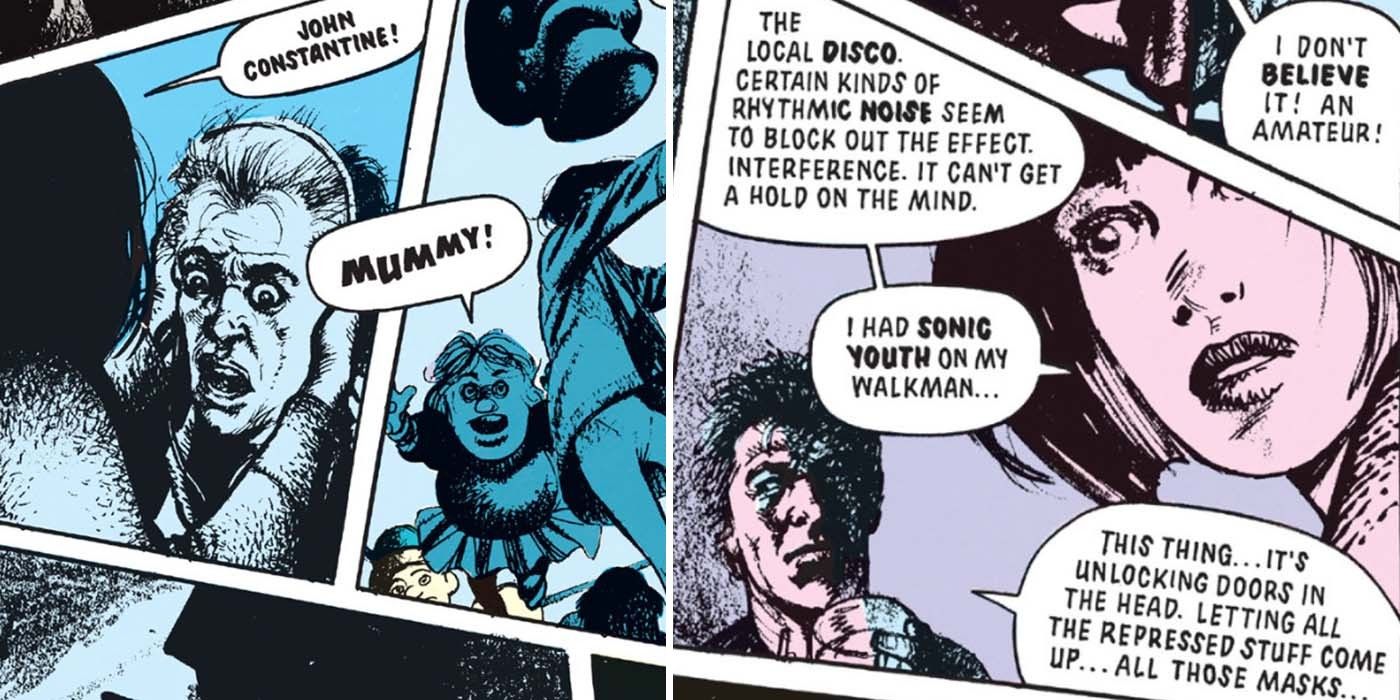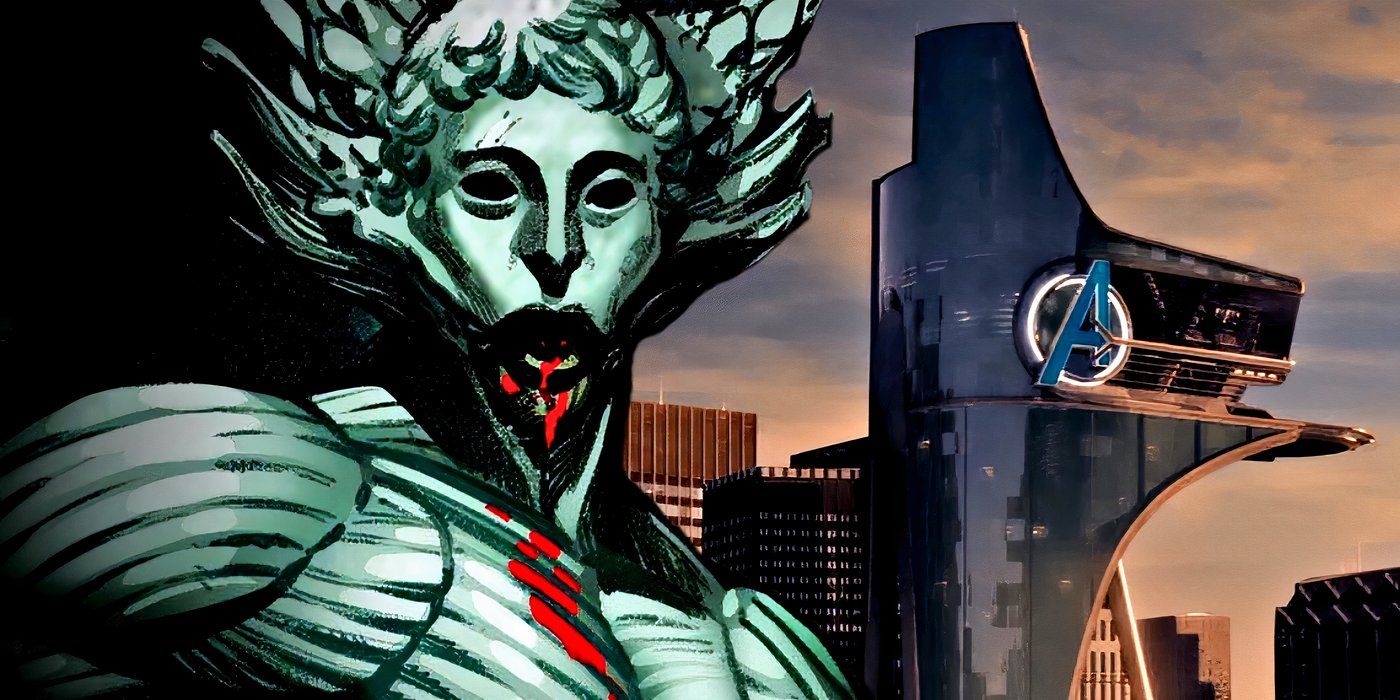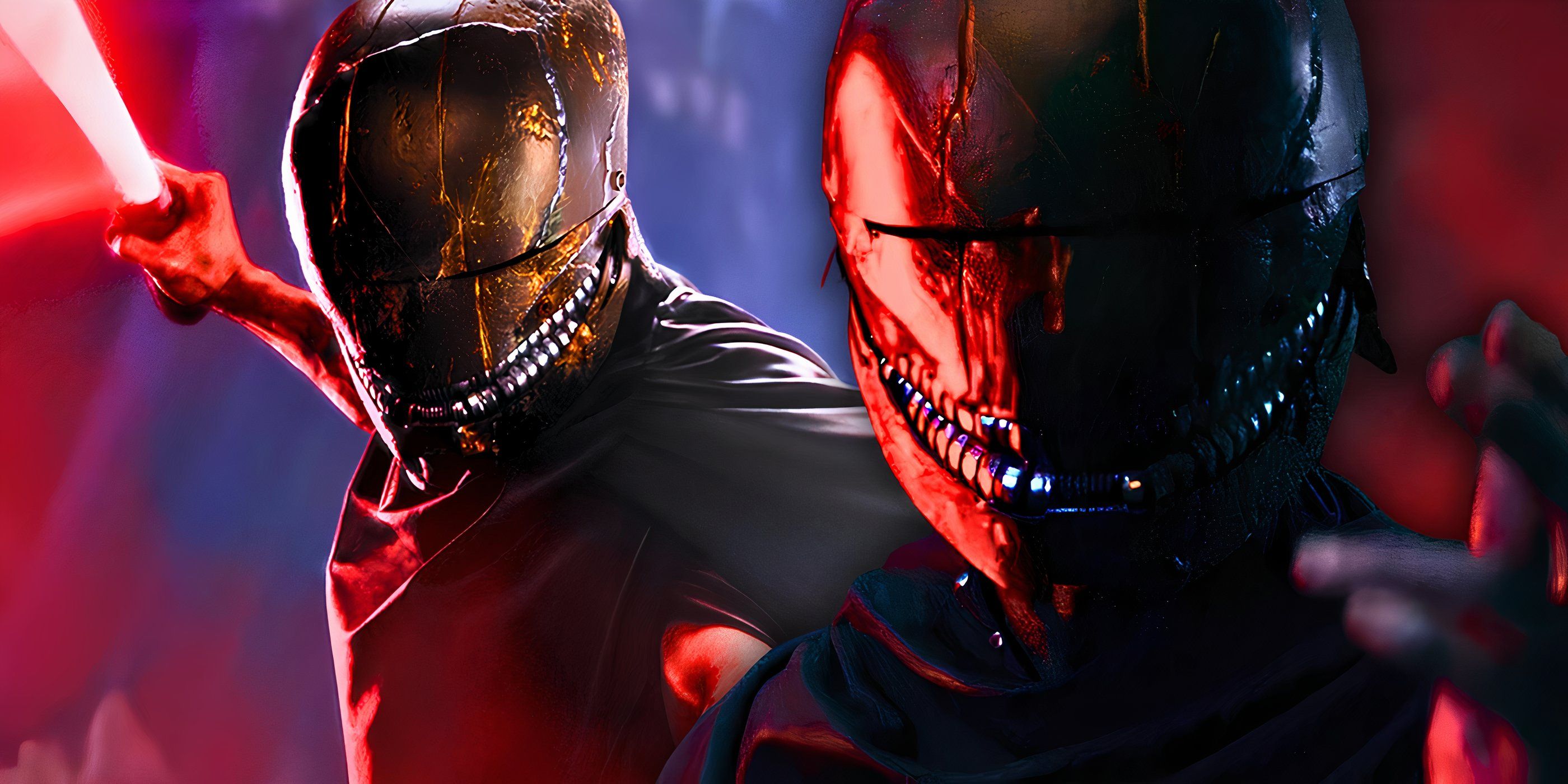Music has been an integral part of John Constantine‘s character ever since he was created to resemble Sting from The Police. Before his turn as DC Comics’ most unreliable warlock and occultist, Constantine was in a punk band called Mucous Membrane in the late 1970s, with his involvement in the band leading up to the infamous disaster in Newcastle with the demon Nergal. As such, Constantine’s presence in comics has a strong musical bent, referencing various American and British underground rock groups alongside his supernatural activities in Hellblazer. And it just so happens that Constantine’s musical tastes have actually saved his life on one occasion.
In Hellblazer #26, Constantine is saved by a Walkman cassette player owned by his friend, Una, when she blasts a Sonic Youth tape into his ears, countering the effects of a clandestine mind control operation. Written by Grant Morrison, with art by David Lloyd and letters by Tom Frame, the issue follows Constantine’s journey to the town of Thursdyke, where microwave frequencies released from its nuclear plant drive people to act out their most unconscious desires and impulses. Constantine is briefly caught up in the town’s chaos before Una spots him and saves him with the help of noise rock. With the tape breaking his trance, Constantine fully recognizes the hellish landscape that Thursdyke has descended into, making Hellblazer #26 one of the most creative uses of a Walkman in comics.
Una’s choice of music with Sonic Youth is a surprising one to see in a book published by DC Comics, given the American band’s reputation as an underground rock group with a distinctly harsh sound. The band’s presence in the story reflects several unique aspects about Hellblazer, DC’s now-defunct Vertigo Comics imprint, and the state of comics at the time of the issue’s release in 1990. This reference showcases how Hellblazer‘s mechanics as a Vertigo horror series were based in representing the specifics of its intended audience’s lives, closing the distance between its fantastical ideas and the world that its readers lived in.

From the start, Hellblazer was concerned with throwing out old notions of magic and the supernatural that had previously dominated British pop culture. With a working-class, chain-smoking antihero like Constantine as its protagonist, Hellblazer committed itself to both reflecting the bitter social unrest of Thatcher’s Britain while embracing the period’s unprecedented artistic innovation. As such, the reference to Sonic Youth is not only a hip acknowledgement of the indie rock scene that Hellblazer‘s readers may have been tuned into, but also an effort to place the terrifying aspects of Constantine’s story within a context that readers could recognize as their own.
Hellblazer‘s Sonic Youth reference demonstrates how its brand of concentrated realism was used to pull off its most effective scares, achieved in part by the creative freedom that Vertigo Comics provided. Scary stories rely on immersion in order to disturb their audiences, and horror comics do not benefit from the immersion that horror films are able to get from recorded sound. Instead, Hellblazer uses specific cultural references from the imagined lives of its readers in order to catch them off guard. By sprinkling in niche, but still recognizable details, Hellblazer‘s scares were tailored for an emergent generation of readers who looked to comics as an avenue for engagement, instead of escapism.
Constantine’s adventures have consistently been some of DC’s most disturbing, and the close look into Cold War-era nuclear fears in Hellblazer #26 is no exception. Without Una’s Walkman and Sonic Youth tape, John Constantine would have been a casualty of Thursdyke’s latent madness. This issue of Hellblazer shows that while the seeds for horror beyond all comprehension lie just beneath the surface of society, some of its greatest defenses are thankfully in plain sight.





